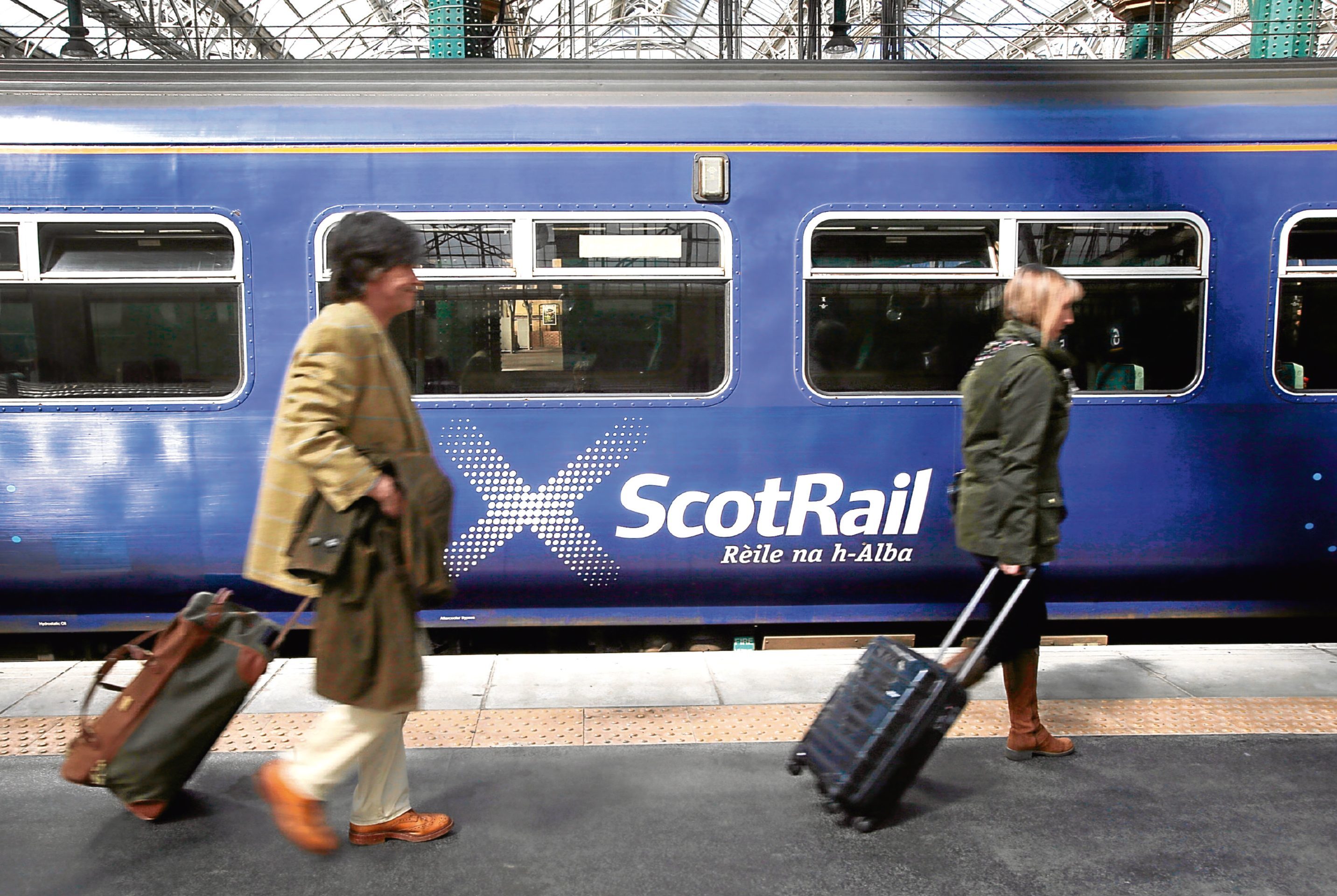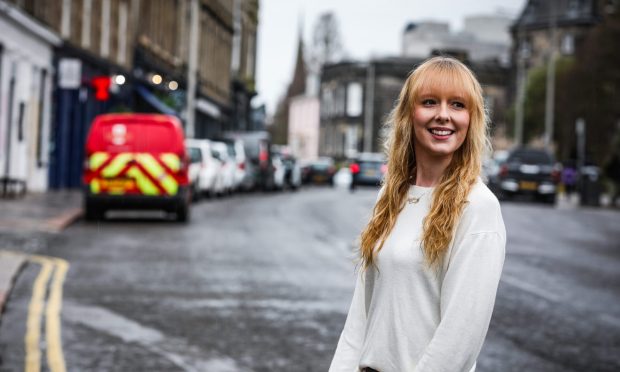Rail staff in Scotland are to be equipped with body-worn cameras as part of a crackdown against passenger aggression, The Courier can reveal.
ScotRail is looking at deploying 230 of the devices for its frontline workers to protect them from physical and verbal attacks.
It follows a proposed national roll-out of the cameras by Police Scotland.
Privacy campaigners have warned that public bodies are increasingly using “intrusive surveillance” when the case for doing so has not been made.
The rail operator is seeking bidders to supply and maintain the cameras and the monitoring system over three years following a trial in 2015.
That trial was held in response to a rise in assaults on staff, which rail bosses say are an ongoing problem.
A ScotRail Alliance spokeswoman said: “These cameras will help to make the working environment as safe as possible for all staff and customers.
“We do not tolerate violence of any kind on the railway and will do everything to assist British Transport Police in investigating any incidents and these cameras are a tool to help us do so.”
The cameras will only be activated during anti-social behaviour incidents, ScotRail says, adding while staff will be encouraged to wear them, their use will be optional and targeted in aggression hotspots.
Rail chiefs refused to reveal the value of the tender, but said costs will be offset in part by reducing sick leave.
Renate Samson, the chief executive of Big Brother Watch, said the roll-out of the devices by ScotRail “should be met with caution”.
“Whilst many public bodies are deploying these intrusive surveillance tools in order to improve safety, the evidence to support their use remains uncertain,” she said.
“Research exists to show that attacks on staff can actually increase if the public are unclear when they are being filmed.”
There were 197 arrests for physical and verbal assaults against rail staff in Scotland last year, according to British Transport Police figures.
That compares with 125 in 2011 and a 2015 peak of 222 arrests.
Body-worn cameras have been used by police in the North East for years.
Police Scotland chiefs, who hail the technology for its evidential value, are looking at a national roll-out – a move which has previously been ruled out over cost.
Calum Steele, the Scottish Police Federation’s general secretary, agrees the cameras have many benefits, but has called for debate on their affordability.










